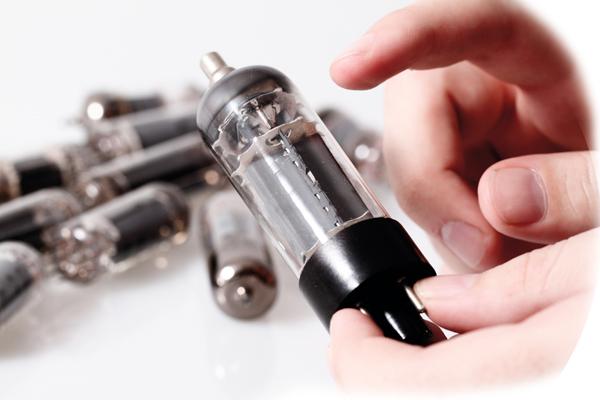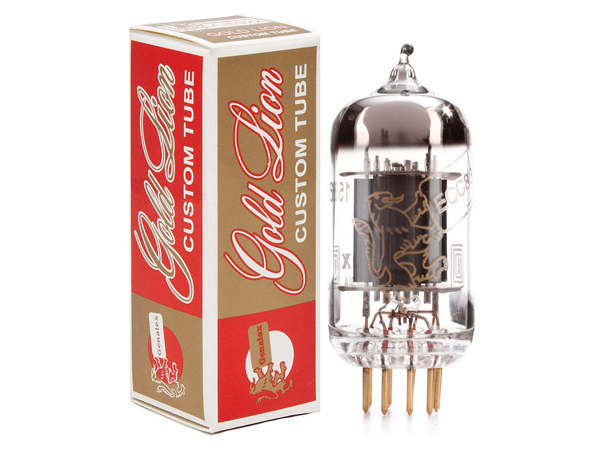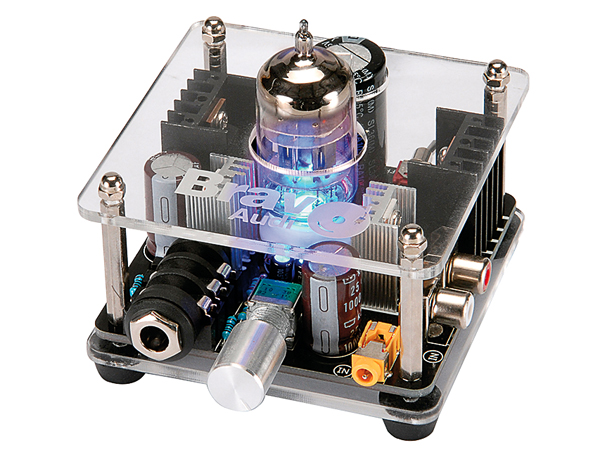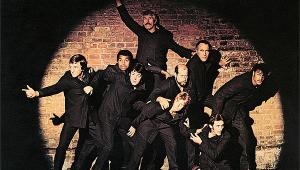Valves: ready to roll?

Also, the boom in headphone listening has brought a proliferation of tube headphone amplifiers. When based on a single double-triode tube, these simply invite experimentation, even among users new to hi-fi who’ve never previously owned a tube product.
Different effects
The term ‘tube rolling’, derived from the gentle rotary action needed to prise a tube safely from its holder, seems to have originated with guitar amp tweakers. Terry Bateman, chief electronics designer at Rega who’s also well known as a Leak valve-amp guru, began his career building guitar amps and, as he says, ‘The guitar amp is a close relative to the hi-fi amplifier, but in real terms its a bit of a mongrel. You’re kind of voicing it as you would a musical instrument, as opposed getting something close to the original sound’.
Tube rolling simply means trying various different tubes and deciding which you like best. Guitar amp specialists offer colourful descriptions for the sound of different tubes, appropriate in context because here a tube can be legitimately and deliberately run in ways that produce different effects. But some of this has rubbed off, and can perhaps lead to exaggerated expectations in hi-fi terms.
Here’s the view of one of the UK’s most prolific tube amp designers, David Shaw of Icon Audio:
‘To me, tube rolling is where the unmeasurable meets the indefinable. Because there’s no doubt there are subtle differences in the way that we perceive different valves or tubes. But the thing is, are these differences predictable or repeatable? The answer is that no, they’re not.
‘And I tend to think it’s like a lot of aspects of tube amplifier design that remain firmly in the shadows of what you could call a black art. This is because there are other things, like transformer design, for example, where you try and predict what it’s going to do, and it doesn’t! Because we don’t know everything about the way audio behaves in electronics.
‘Overall I would view tube rolling as a good thing. How much it reveals in terms of sonic differences is a thorny subject, but what it does do is to focus our attention onto a part of the hi-fi system that we can make some small change in, and in doing that personalise what would otherwise be just another anonymous “black box”.’
When you start seeking out tubes to compare, you’ll also start to get to grips with the complexities of tube numbering. In the pre-solid-state heyday of tubes, the popular tube types were manufactured by a variety of companies in many different countries, but appeared under different numbering systems. And then you’ll soon find yourself being drawn into the minutiae of tube design, the variations in internal construction that were adopted by some of the original manufacturers and which are now replicated in the modern tubes to be found.

Sorting and swapping
Probably the most common double-triode preamp tube, the 12AX7, was introduced by RCA in America in 1947 and is known in the UK by its Mullard/Philips designation ECC83. There are many other direct equivalents, which may have had special features to enhance performance but remained completely interchangeable, including the American 7025, and in Europe the E83CC, ECC803s, CV4004 and others. It’s easy to find tables online that list all the equivalents for every valve type.
If you’re shopping online for an ECC83 or equivalent, you’ll learn about long plates versus square plates, frame grids versus wire grids and so on. You’ll be assailed by some very pricey offerings of NOS, that is unused ‘new old stock’, of sought-after types from the 1950s and 1960s, ranging from UK-made Mullards to the now almost legendary Telefunken ECC803S. You’ll find many used examples, some still extremely expensive.
But you’ll also find a huge range of newly manufactured versions, often claiming to emulate the best-quality examples of the past. For example JJ-Tesla and Tung Sol both offer an ECC803S with gold pins.
And as well as the direct equivalents, among the NOS and used offerings you will find many near equivalents, often variations produced for special purposes. In many cases, with small-signal preamp tubes, these can be substituted, but you have to proceed with caution.
As John Howes, the man behind the bi-annual Audiojumble, points out, no harm will come of swapping between ECC83, ECC82 and ECC81 tubes or their equivalents, as all have identical pin out connections and the same heater voltage and current ratings. However, you must never substitute an ECC88 (6922) for any of those three, as it has different pinout connections and will cause damage.
With preamps and headphone amps, you can often happily swap tubes without worrying too much about the workings of the circuit or the tubes themselves. When it comes to power amps, and the big tubes used in the output stages, things can get a bit more tricky.
Any tube will only work properly when the bias is correct. But what does this mean?

A matter of bias
Inside the tube, electrons are emitted from the cathode and flow towards the anode. Placed between these two electrodes is a third one, the grid. The electron flow is controlled by a suitable negative voltage applied to the grid, so when this is modulated by the audio signal, the audio waveform appears at the output taken from the anode. But for the valve to work effectively, the grid voltage must be set correctly to give the optimum electron (current) flow when the amplifier is idling, with no audio signal applied. To put this in other words, the valve must have the correct bias.
You will not need to worry about this too much if your amplifier is of the ‘cathode bias’ type, often called ‘auto bias’. Here, the bias is provided by a ‘cathode resistor’, placed between the cathode and negative side of the power supply, and the circuit automatically provides the correct bias conditions, within limits. Then, as with preamp tubes, there is no need for user adjustment.
Cathode bias is used in the classic Leaks, Quads and Radfords and many others. But, alternatively, your amplifier may have ‘fixed bias’, a slightly confusing term since a fixed bias amplifier will have provision for adjustment. Every tube is different, so the bias will need to be set whenever you change tubes, and the bias requirement will also change as the tubes age.
In the past, setting the bias would mean going inside the amplifier and taking measurements with a meter before adjusting an internal trim pot. But many manufacturers now make things easier with LEDs or even built-in analogue meters.
Finally, applying microprocessor electronics to the problem of ‘fixed bias’ amplification, a few manufacturers have developed systems that actually monitor the bias and keep it set correctly, so that there is no need for intervention either by the user or a technician. These include AudioValve of Germany and VTL in the USA and, in a more affordable price category, PrimaLuna of Holland.
With this approach, the essential tube signal path is cocooned by a protective network of solid-state electronics that provide auto-bias and fault-sensing. VTL’s upscale customers will be music lovers who appreciate the idea of trouble-free tube listening – it’s hard to imagine them doing much tube rolling.



















































